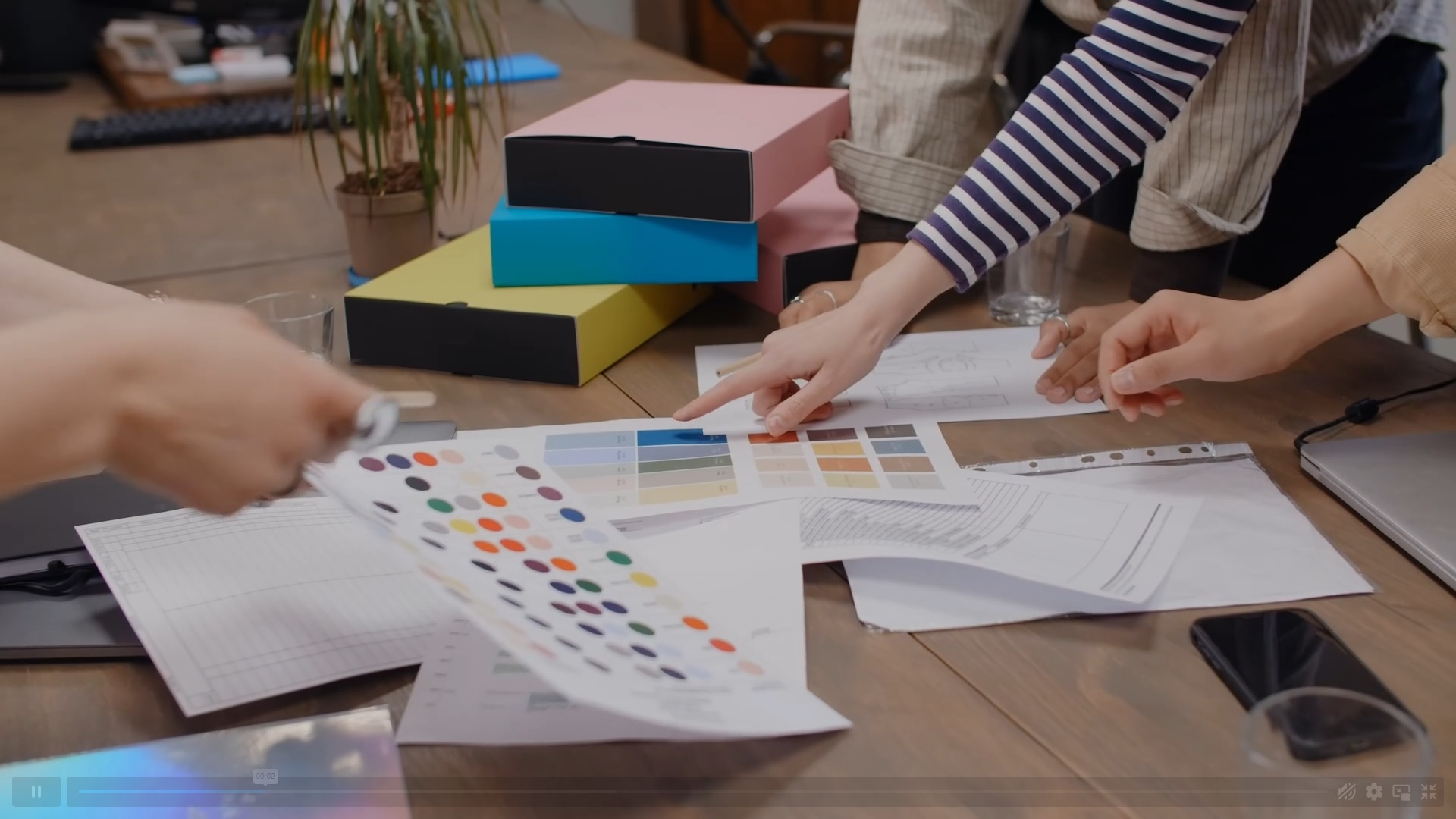In today’s fast-paced and ever-changing business landscape, future-proofing your brand is essential for long-term success. The ability to adapt and evolve with the times requires a robust brand strategy that can withstand shifts in consumer preferences, emerging technologies, and competitive forces. In this article, we will explore the importance of future-proofing your brand and how a strong brand strategy can help you navigate the uncertainties of the future.

The Need for Future-Proofing
The business landscape is constantly evolving, driven by technological advancements, changing consumer behavior, and market disruptions. Brands that fail to adapt to these changes risk becoming irrelevant or overshadowed by their more agile competitors. Future-proofing your brand is about anticipating and embracing these changes to ensure your brand remains relevant and competitive in the long run.
A Robust Brand Strategy as the Foundation
At the core of future-proofing your brand is a robust brand strategy. A well-defined brand strategy provides a clear roadmap for your brand’s direction, positioning, messaging, and values. It serves as a guiding framework that helps you make strategic decisions, adapt to market shifts, and maintain a consistent brand identity throughout changing circumstances.
Here are key elements to consider when developing a brand strategy for future-proofing:
Deep Understanding of Your Target Audience
Consumer preferences evolve over time. Conducting ongoing market research and staying attuned to your target audience’s needs, desires, and behaviors is crucial. This insight allows you to identify emerging trends, anticipate changing demands, and tailor your brand’s offerings to meet evolving customer expectations.
Flexibility and Agility
Build flexibility into your brand strategy to adapt to market shifts and seize new opportunities. Consider scenarios and develop contingency plans to mitigate risks and respond swiftly to changes in the competitive landscape or technological advancements.
Embracing Innovation
Embrace innovation as an integral part of your brand strategy. Stay updated with emerging technologies, industry trends, and disruptive business models. By integrating innovation into your brand strategy, you can identify ways to leverage new technologies and stay ahead of the curve.
Consistent Brand Identity
While future-proofing your brand requires adaptation, it is essential to maintain a consistent brand identity throughout changes. Continually reinforce your brand’s core values, personality, and visual elements to ensure that your brand remains recognizable and authentic to your audience.
Evolving Communication Channels
The way brands communicate with their audience is continually evolving. Embrace new communication channels, such as social media, content marketing, influencer partnerships, and personalized experiences, to engage with your target audience effectively. Regularly assess and adjust your communication strategies to align with emerging platforms and consumer preferences.
Brand Experience Optimization
Focus on creating a seamless and memorable brand experience across all touchpoints. Continuously evaluate and optimize customer experiences, from digital platforms to in-store interactions, to provide exceptional value and differentiate your brand from competitors.
Building Brand Resilience
In an unpredictable future, building brand resilience is vital. Diversify your product or service offerings, explore new markets, and nurture a culture of innovation within your organization. By building a resilient brand, you can better withstand market disruptions and navigate through challenging times.
Continuous Monitoring and Evaluation
Regularly monitor key performance indicators (KPIs) and evaluate the effectiveness of your brand strategy. Analyze market trends, competitive landscapes, and customer feedback to identify potential gaps and areas for improvement. This ongoing assessment will help you refine your brand strategy and ensure its relevance in a changing environment.
Future-proofing your brand is a proactive approach to ensure its long-term success in an ever-evolving business landscape. A robust brand strategy provides the foundation for adapting and evolving with the times, allowing you to remain relevant, competitive, and resilient. By understanding your target audience, embracing innovation, maintaining consistency, optimizing brand experiences, and continuously monitoring market dynamics, you can position your brand for long-term success and navigate the uncertainties of the future with confidence. Remember, the key to future-proofing your brand lies in staying agile, adaptable, and always open to embracing change.











